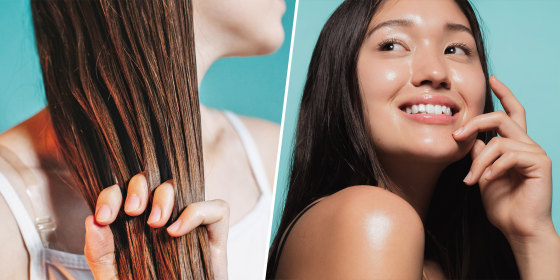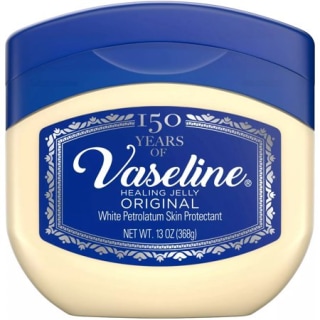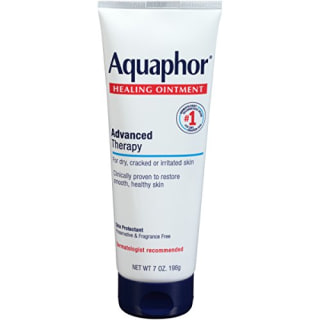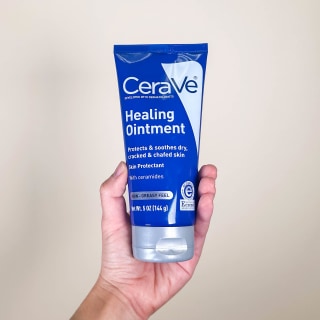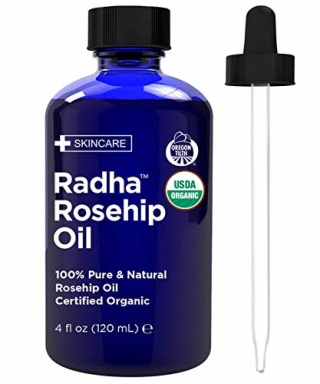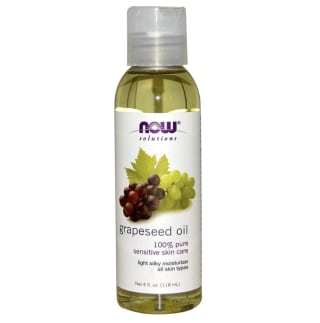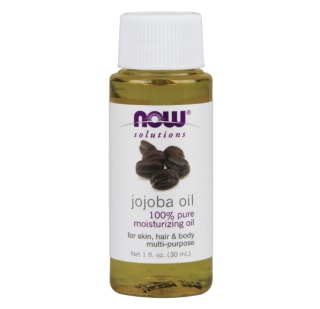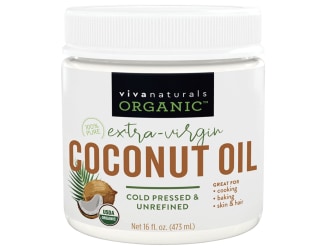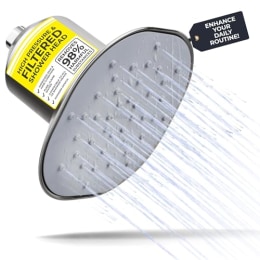While skin care products featuring snail mucin are the rage these days, slugging, a beauty trend that's been making the rounds on TikTok, doesn't actually involve any slimy creatures.
Instead, the term refers to a technique in which you coat your face, hair or even your body with a product that promises to hydrate. While slugging, in all its forms, has recently taken off on the app, the methods have been around for a while: Face slugging has roots in Korean beauty and is a longtime favorite of the beauty crowd on Reddit, while hair slugging, known as hair oiling, has long been used in South Asian cultures.
So what exactly does it involve? We asked dermatologists and hairstylists to break down the processes and how they might benefit your skin and hair.
Slugging for skin | Benefits | Who should try it | How to do it | Slugging for hair | Benefits | Who should try it | How to do it
What is slugging for your skin?
While there aren't actual slugs involved in the process, you may end up looking a little bit like one when you're done slathering on the moisturizing agent. The technique involves applying a heavy emollient, such as Vaseline or Aquaphor, as the final step in your skin care routine, Dr. Rachel Nazarian, board-certified dermatologist at the Schweiger Dermatology Group in New York City tells Shop TODAY. These products are occlusives, meaning they seal the top layer of the skin and enhance the penetration of the products that came before them, making them more effective.
What are the benefits of slugging?
Along with boosting the potency of your nightly skincare products, the process also locks in the moisture that's already on your skin and prevents you from losing some of it to the atmosphere overnight, Nazarian says.
Dr. Corey L. Hartman, founder of Skin Wellness Dermatology in Birmingham, Alabama likened it to a "supercharged" skin hydration method. "It helps to repair a damaged skin barrier, hydrates dry skin, fights sagging skin and wrinkles, increases water content and makes the skin plumper," he says.
Who should try slugging?
Sounds like the ultimate skin hydration hack, right? For those who suffer from constantly dry, itchy skin, it could be a good solution. Plus, even those with normal skin may benefit from testing it out, especially during the colder months.
But the derms warn that the process isn't for everyone. Those with acne-prone or oily skin should skip out on the trend, as it can trap dead skin cells, encourage bacterial growth and worsen breakouts. "Even though Vaseline and similar products don't technically clog pores, it can interfere with the exfoliation methods that are crucial for success in this skin type and lead to flares of acne and breakouts," Hartman says.
And since it can make the products applied before more potent, it shouldn't be combined with retinoids, salicylic acid or other potentially irritating ingredients, Nazarian says.
How to do it
To try it out, apply a thin layer of your chosen emollient after going through your nightly skin care routine. You can make the process even more effective by using a humectant (something to retain moisture), like hyaluronic acid, beforehand to draw in water to your skin. Then apply the Vaseline (or a similar product) to seal it in, Nazarian says.
It works on the rest of your body, too. "If you have dry patches on your knees, elbows, ankles or anywhere else on the body, use your favorite moisturizer and then seal it with the petroleum-based product," Hartman says.
Vaseline and Aquaphor tend to be the most popular choices, but there are a few other options that will do the job. "Similar results can be achieved with a facial oil, but only facial oils like grapeseed oil, sunflower oil and rosehip oil which are all low in comedogenicity, or the ability to clog pores," Hartman says.
While most people can benefit from incorporating it into their regimen once a week, those with older, dry skin can tolerate the process nightly, Nazarian explains.
If you're itching to try the slimy skin care hack, grab one of the below derm-approved products and get slugging.
Vaseline Petroleum Jelly
Aquaphor Healing Ointment
CeraVe Healing Ointment
Radha Beauty Organic Rosehip Oil
Maple Holistics Sunflower Oil for Hair Skin and Nails
What is hair slugging?
Hair slugging involves putting oils on your scalp or hair and then wrapping your hair in a silk wrap or bonnet to increase hydration.
What are the benefits of hair slugging?
"Hair slugging is thought to help boost moisture in the hair, leaving the hair looking softer, smoother and shinier," board-certified dermatologist Dr. Marisa Garshick tells us via email. The oils lock moisture in and nourish the hair which, over time, can help reduce frizz, breakage and soften strands.
It is comparable to deep conditioning your hair, Miranda Buzzella, stylist and color educator at Educe Salon in Orlando says. "It penetrates deeper, it gets more moisture in there and you have a longer amount of time for it to really seep in everything that your hair really needs, and then the rest will rinse out," she explains.
Who should try hair slugging?
The method can be used on all hair types, but is great for dry hair in particular, as it can help it retain moisture, Garshick says.
Those with dry hair should try a thicker oil such as coconut oil, avocado oil or marula oil. If you have finer hair, Buzzella suggests opting for an oil with a lighter consistency, like sunflower seed oil or jojoba oil, which won't weigh down your strands as much.
One thing to note: while deeply penetrating oils, like coconut oil, nourish the hair, Garshick says that there's also a chance that they can penetrate too deeply and block moisture from entering the cuticle. It depends on how porous your hair is. “Low porosity hair is more likely to repel water and become dehydrated,” Garshick says. If you fit in that category (you can determine your hair's porosity by dropping a strand in water: if it floats, it's low; if it sinks, it's high), you may want to stick to lighter oils.
How to do it
To try it, after showering (or wetting your hair), towel-dry most of the water out and apply the oil from your roots to your ends. Then, put your hair in a low ponytail and place it in a silk wrap or bonnet to let it soak in, Buzzella says.
While you may have seen people on TikTok tying their hair in a high ponytail and using a cotton sock to wrap it, that's not the best method. Your hair is at its weakest point when it's wet since it lacks fullness and the hair cuticles are not sealed, Buzzella says. So if you pull it tight, it can damage your strands. Plus, cotton will end up absorbing most of the product from your hair, so if you want the technique to work, you should opt for a fabric like silk, which won't have that effect.
According to Buzzella, you can reap the benefits of slugging in as little as 1 to 2 hours, but you can let the product sit for up to 8 hours before washing it out if you prefer to get it done while you sleep. Letting it sit for any longer can cause buildup, which may lead to acne on your scalp, she added.
If you want to try it, here are three types of oils that the stylists recommend for hair slugging.


